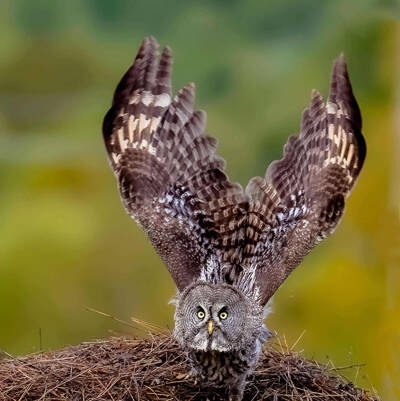
Strix nebulosa
Strix nebulosa,Great Grey Owl
Great Grey Owl is a large owl with two subspecies.Except during the breeding···
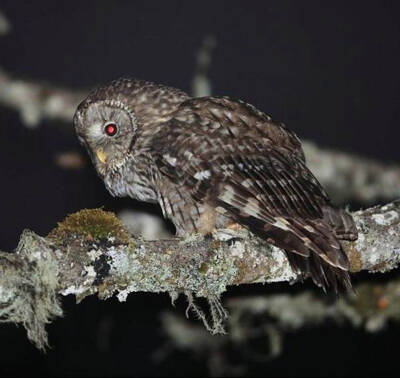
Strix davidi
Strix davidi,Sichuan wood owl,Hum, cat-bird, owl
Sichuan wood owl, also known as Sichuan wood owl in English, is a large gray···
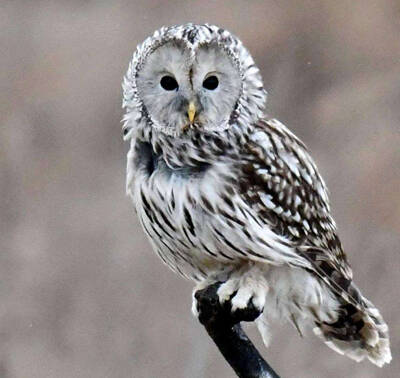
Strix uralensis
Strix uralensis,Brown Wood-owl
Brown Wood-owl, also known as Brown Wood-owl, is a medium-to-large nocturnal···
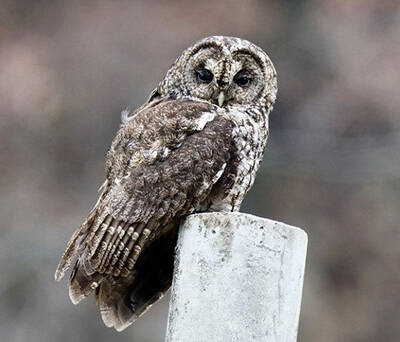
Strix aluco
Strix aluco,Tawny Owl
Tawny Owl, also known as Tawny Owl, is a medium-sized owl with 11 subspecies···
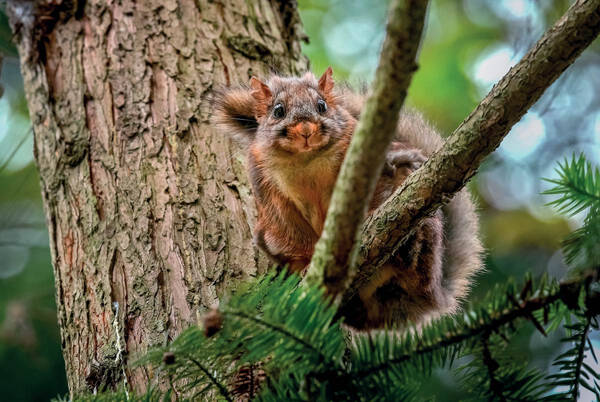
Trogopterus xanthipes
Trogopterus xanthipes,Orange-footed flying squirrel, yellow-footed flying squirrel, cuckoo bird, cuckoo bug, cuckoo bug, magpie
The flying squirrel is a forest animal endemic to China. It is slightly larg···
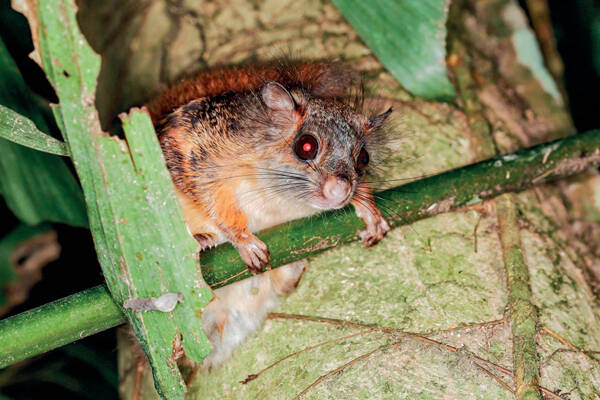
Belomys pearsonii Gray
Belomys pearsonii Gray,Hairy-footed Flying Squirrel,Brown-eared mouse, hairy-legged mouse
The hairy-eared flying squirrel is a tropical small flying squirrel that usu···
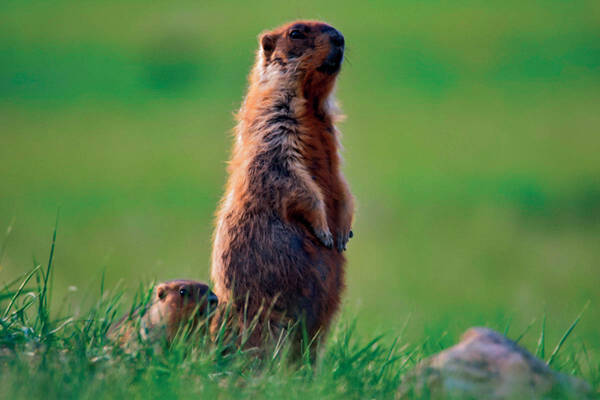
Marmota sibirica
Marmota sibirica,,Marmota bobak,Bobak Marmot,Siberian marmot, steppe marmot, Tarbagan (Mongolian)
The Mongolian marmot is a rodent, Marmota genus animal. There are two color ···
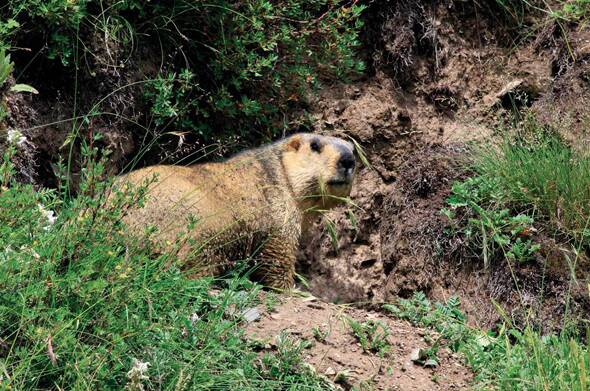
Marmota himalayana
Marmota himalayana,Hara, Snow Pig
The Himalayan marmot is a large ground-dwelling rodent mammal of the genus M···
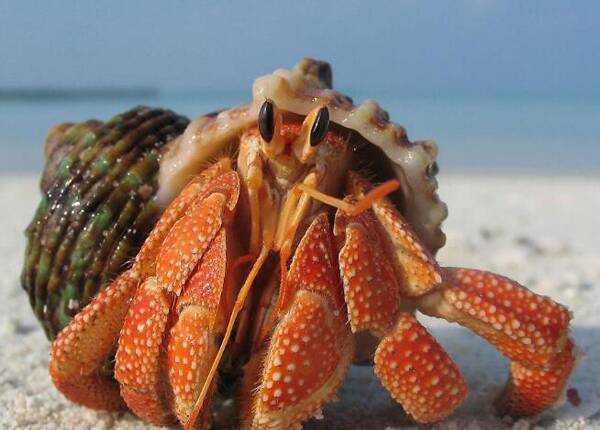
Paguroidea
Paguroidea,hermit crabs,Hermit shrimp, white house, dry house
Hermit crab is a general term for the superfamily Hermit crabs and the super···
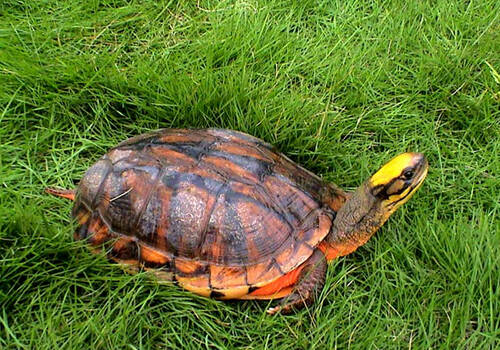
Scatophagus argus
Scatophagus argusThree-lined box turtle, red-sided turtle, red-bellied turtle, broken plate turtle, golden-headed turtle
The scientific name of the golden coin turtle is the three-lined box turtle ···
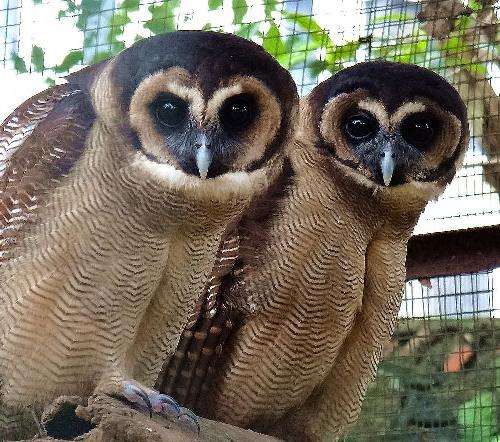
Strix leptogrammica
Strix leptogrammica,Brown Wood-owl,Brown Wood Owl
Brown Wood-owl, also known as Brown Wood-owl in English, is a medium-sized b···
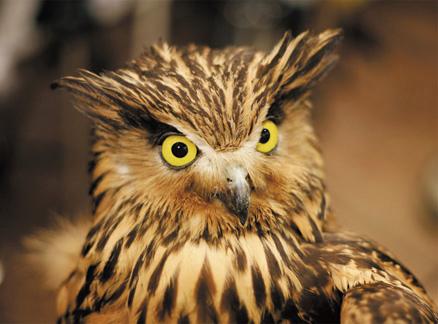
ketupa flavipes
ketupa flavipes,Tawny Fish-owl
Yellow-legged Fish Owl, also known as Tawny Fish-owl, is a large owl with no···
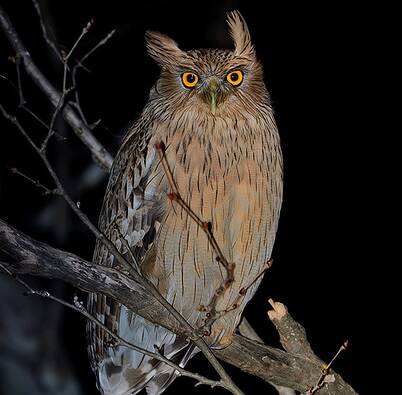
Ketupa zeylonensis
Ketupa zeylonensis,Brown Fish-Owl
Brown Fish-Owl is a large owl with 4 subspecies.Brown Fish-Owl often moves a···
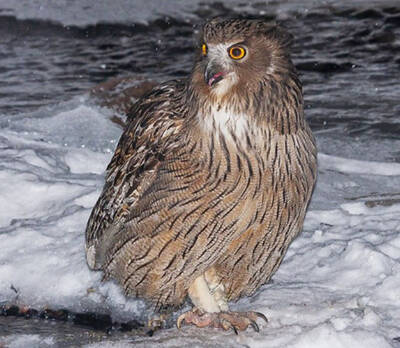
Bubo blakistoni
Bubo blakistoni,Blakiston's Eagle-owl
Blakiston's Eagle-owl is a large owl with two subspecies.The Hairy-legge···
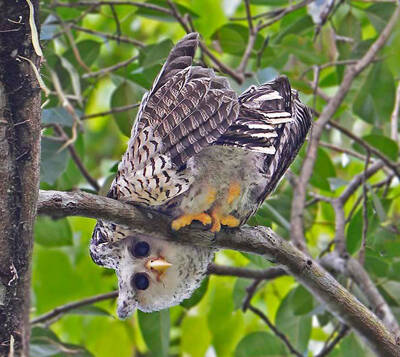
Bubo nipalensis
Bubo nipalensis,Spot-bellied Eagle-owl
Spot-bellied Eagle-owl, also known as Spot-bellied Eagle-owl, is a large owl···
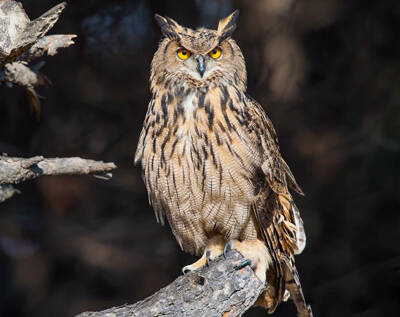
Bubo bubo
Eurasian Eagle-owl,Eagle owl, eagle owl, horned owl, eagle owl, fish owl
The eagle owl is called Eurasian Eagle-owl in foreign language. It is a noct···
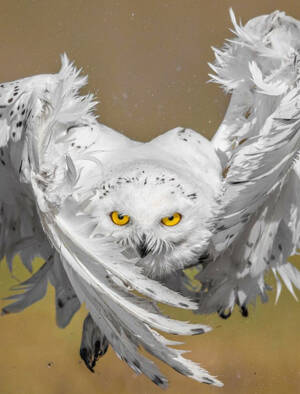
Bubo scandiacus
Bubo scandiacus,Snowy Owl,Snowy Owl, White Owl, White Owl, Snow Eagle
Snowy Owl, also known as Snowy Owl in English, is a bird of prey with no sub···
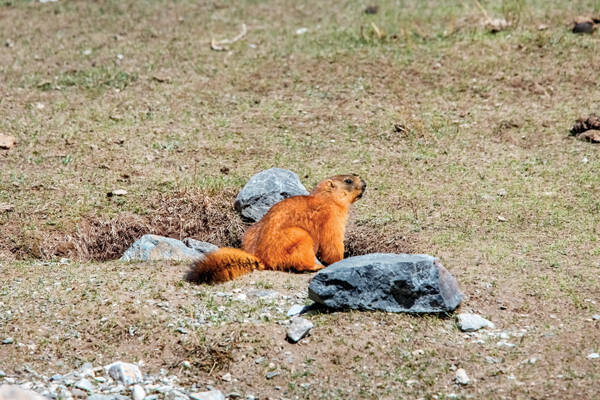
Marmota caudata
Marmota caudata,Long-tailed Marmot,Red marmot, Marmot
The long-tailed marmot is a large terrestrial rodent of the Sciuridae family···
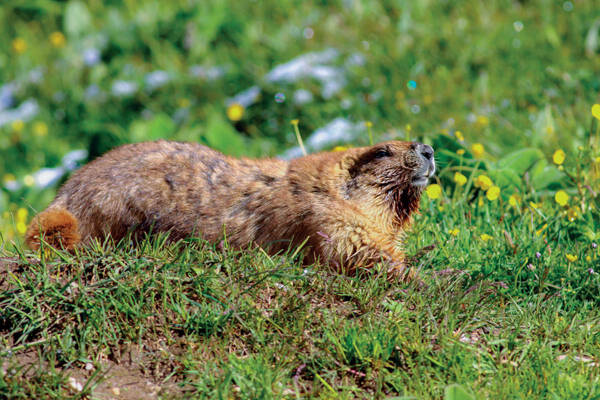
Marmota baibacina
Marmota baibacina,Altai Marmot,Tianshan marmot, Altai marmot
The gray marmot (scientific name: Marmota baibacina), also known as the Tian···
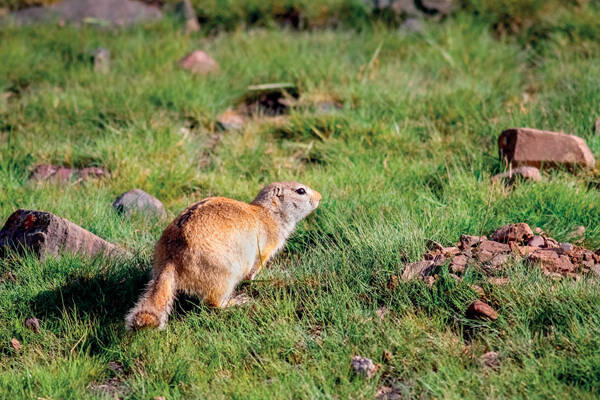
Spermophilus relictus
Spermophilus relictus,Tien Shan Ground Squirrel,Yellow rat
The Tianshan yellow squirrel is of medium size and has a long tail. It mainl···
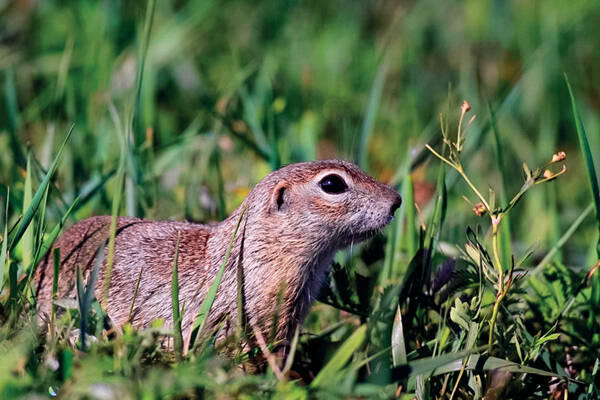
Spermophilus dauricus
Spermophilus dauricus,Yellow mouse, Mongolian yellow mouse, prairie yellow mouse, bean mouse, big-eyed thief
Daurian ground squirrel is a group of scattered animals, diurnal, one of the···
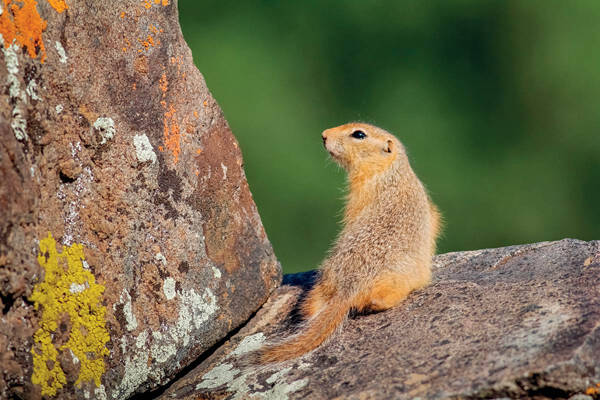
Spermophilus undulatus
Spermophilus undulatus,Long-tailed Ground Squirrel,Bean rat, big-eyed thief
The long-tailed yellow squirrel is an animal of the Sciuridae family and the···
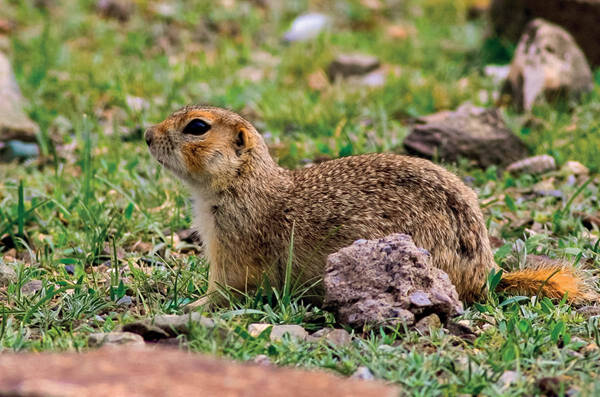
Spermophilus erythrogenys
Spermophilus erythrogenys,Red-cheeked Ground Squirrel,Pale-tailed yellow squirrel
Red-cheeked yellow squirrel is an animal of the Sciuridae family and the gen···
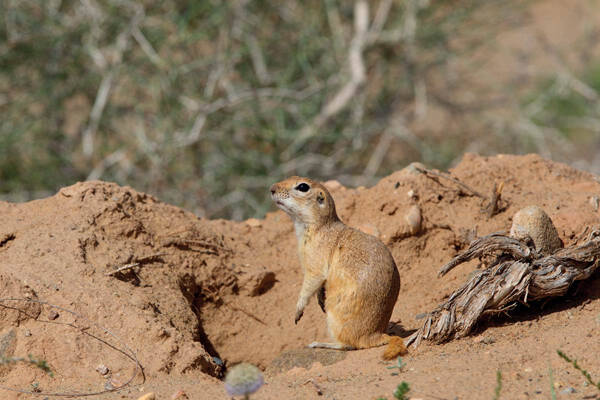
Spermophilus alaschanicus Buchner
Spermophilus alaschanicus Buchner, field mouse, Daurian ground mouse, Mongolian ground mouse, prairie ground mouse, big-eyed thief, bean mouse
The Alashan yellow rat was originally listed as a subspecies of the Daurian ···
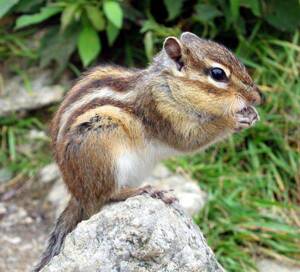
Tamias sibiricus
Tamias sibiricus, birch mouse, five-browed squirrel, flower civet stick, chipmunk
Chipmunks belong to the genus Chipmunk of the family Sciuridae. They are nam···
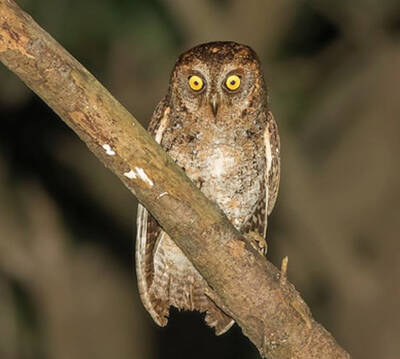
Otus elegan
Otus elegan,Ryukyu Scops-owl,Elegant Scops-Owl,Okinawa Scops Owl, Ryukyu Scops Owl
The elegant scops-owl, also known as the Ryukyu Scops-owl, is a nocturnal bi···
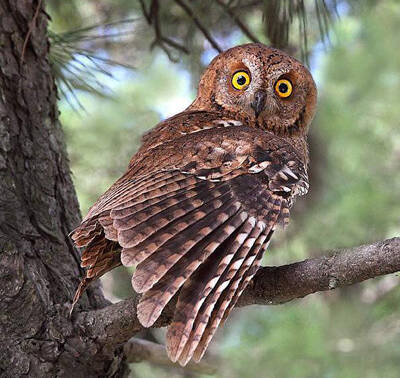
Otus sunia
Otus sunia,Oriental Scops-owl,Common horned owl, Eastern owl
The Oriental Scops-owl is a small bird of prey with 9 subspecies.The Red Sco···
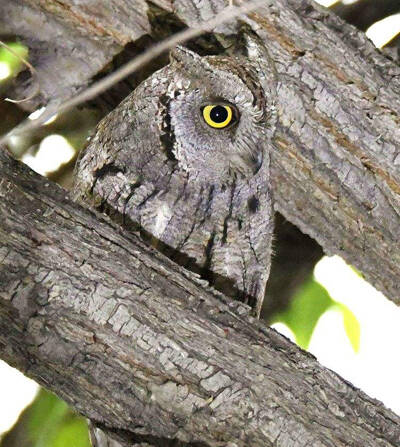
Otus scops
Otus scops,Eurasian Scops-owl,Eurasian scops owl, Common scops owl, Ulabaul-Ulba, night owl, cacophonous bird
The Western Red Scops Owl, whose foreign name is Eurasian Scops-owl, has 5 s···
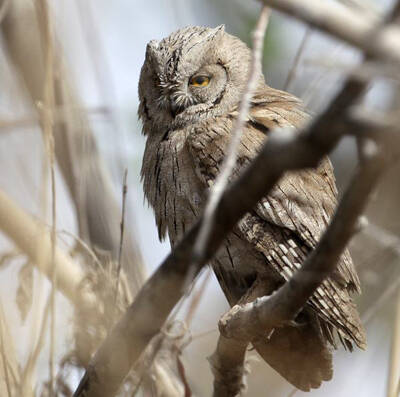
Otus brucei
Otus brucei,Pallid Scops Owl
Pallid Scops Owl is a small osprey with 4 subspecies.Pallid Scops Owl usuall···

Sciurotamias davidianus
Sciurotamias davidianus,David’s rock squirrel,Sweeper, Stone Rat
Rock squirrels belong to the family Sciuridae in the order Rodentia and are ···
